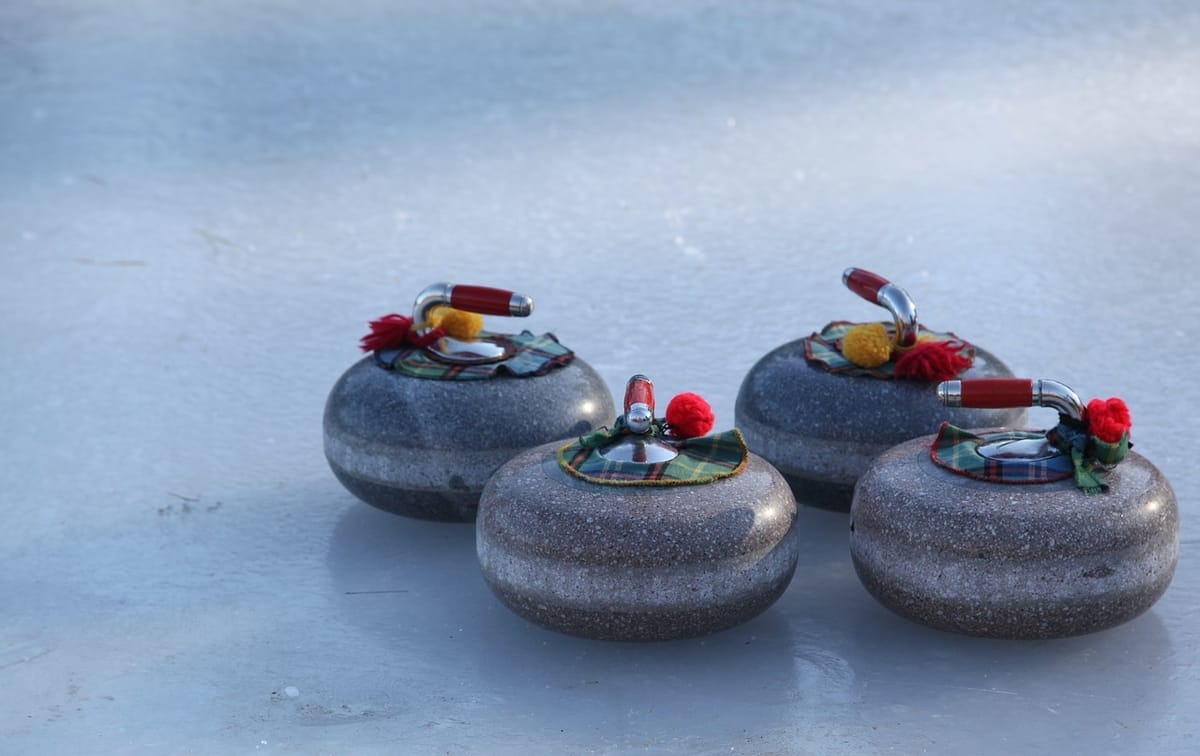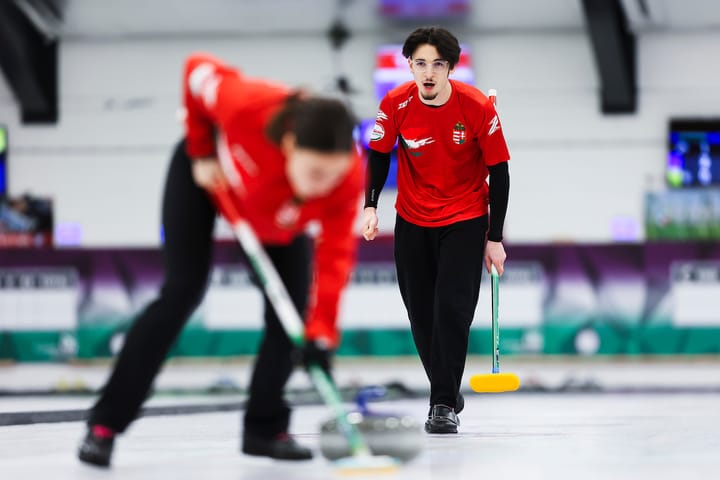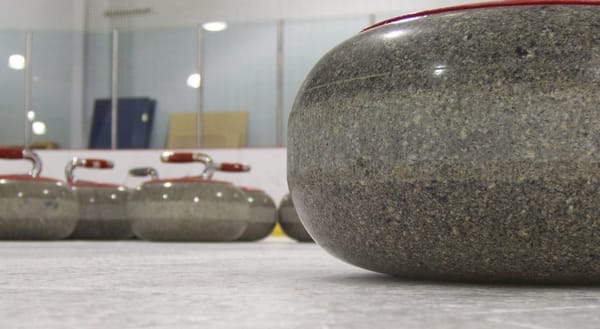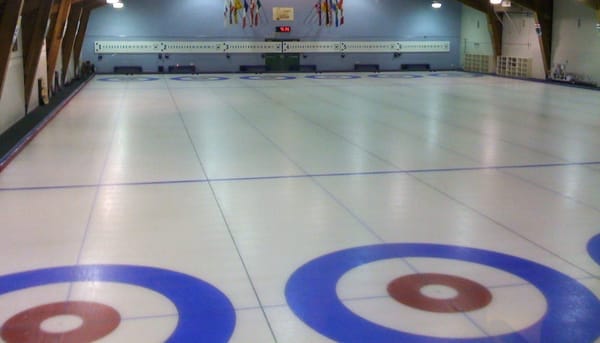Calling a Shot in Curling: A Comprehensive Guide

Calling a shot in curling is a multifaceted process that extends beyond merely pointing to a spot on the ice. It requires a deep understanding of strategy, ice conditions, team dynamics, and effective communication. This article provides insights into the factors influencing shot calling and offers practical tips for making effective calls.
Understanding the Role of the Skip
The skip, as the team’s captain and strategist, bears the primary responsibility for calling shots. Their decisions are shaped by a variety of factors:
-
Game Strategy: The skip formulates an overall game plan, choosing between aggressive, conservative, or probing approaches. This strategy is influenced by the opponent's strengths, team skills, ice conditions, and desired outcomes for each end.
-
Last Rock Advantage: Having the hammer (last rock) greatly impacts shot calling. With the hammer, the skip aims to score multiple points or blank the end to maintain the advantage. Without it, the focus shifts to stealing points or limiting the opponent's scoring.
-
Score: The current score and the end being played dictate the level of risk the skip is willing to take. If the team is behind, a more aggressive strategy may be necessary; conversely, a comfortable lead might call for a more cautious approach.
-
Ice Conditions: The speed and curl of the ice are crucial for shot selection. Fast, swingy ice is conducive to aggressive shots like freezes, while slower ice may necessitate heavier hits and draws.
-
Team Abilities: The skip must consider the strengths and weaknesses of team members when calling shots. Assigning roles based on individual skills—such as draws for those with strong draw weight and takeouts for hitting specialists—can enhance overall performance.
-
Opponent's Abilities: Understanding the opponent's tendencies helps the skip anticipate their moves and call shots that place them in challenging situations.
Communicating the Shot
Effective communication is vital for successful shot calling. The skip utilizes verbal instructions, hand signals, and broom placement to convey their intentions to the thrower and sweepers.
-
Shot Type: The skip specifies whether the shot is a draw (aimed to stop within the house) or a takeout (aimed to remove an opponent's stone).
-
Turn: The skip indicates the desired rotation (clockwise or counter-clockwise) for the stone, often by extending an arm.
-
Weight: Desired weight is conveyed through signals such as tapping the hack with the broom or touching the thrower's arm.
-
Line: The broom is placed on the ice to indicate the desired delivery path. For takeouts, it’s placed close to the target stone, while for draws, it’s positioned farther away to account for curl.
-
Tolerance: Communicating the acceptable margin of error for the shot helps the thrower and sweepers understand potential adjustments.
Common Shot Calls and Strategies
Several common shot calls and strategies are frequently employed in curling, particularly within the context of the Free Guard Zone rule:
-
Center Guard: A stone placed in front of the house to protect stones or force opponents to play around it.
-
Corner Guard: A stone positioned off to the side in front of the house, which can make it difficult for the opponent to execute their shots.
-
Draw to the Four-Foot: A conservative shot aimed to stop within the four-foot circle of the house, useful for matching shots with the opponent.
-
Draw Behind the Guard: A more aggressive shot aimed at placing a stone behind a guard in the house, which carries some risk if not executed perfectly.
-
Tick Shot: A delicate maneuver aimed at moving a center guard slightly without removing it from play, useful for clearing the center or setting up corner guards.
-
Peel: A takeout shot designed to remove a guard from play, opening up the house for scoring opportunities.
Advanced Considerations
As one gains experience in shot calling, more nuanced factors come into play:
-
Drag Effect: This occurs when two stones are positioned close together, allowing the striking band of the first stone to influence the path of the second stone. Understanding this effect is crucial for executing certain shots, particularly doubles.
-
Sweeping Calls: The skip must also call for sweepers to adjust the stone’s trajectory, making real-time judgments about line and weight. Clear communication with sweepers maximizes their effectiveness, enabling them to fine-tune the stone's path based on live feedback.
Key Takeaways
Shot calling is a complex process that requires analysis and informed decision-making. Effective communication is essential for relaying the skip’s intentions to the thrower and sweepers. Developing a strong understanding of shot calling and the nuances of the game comes with practice and experience. By mastering the art of shot calling, curlers can elevate their game and lead their team to success.



